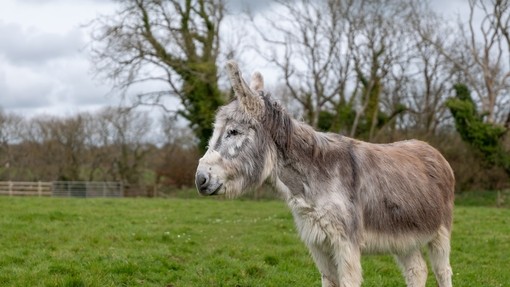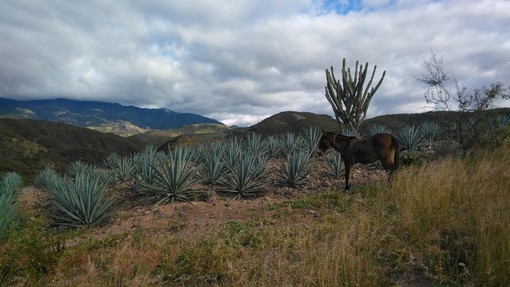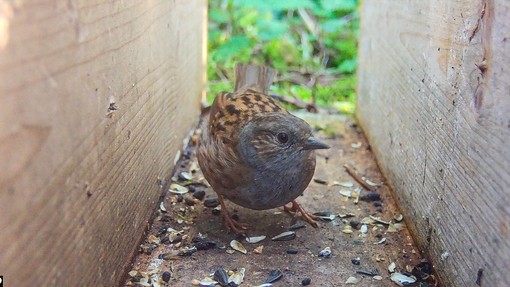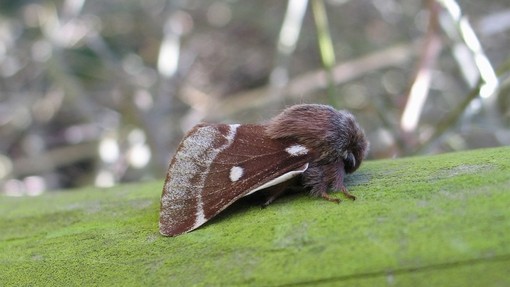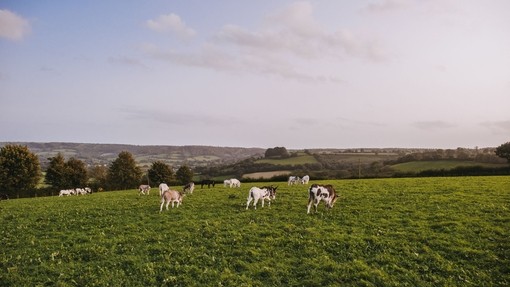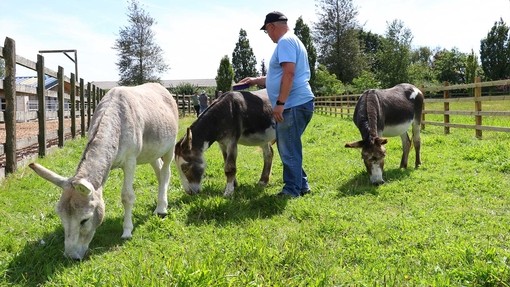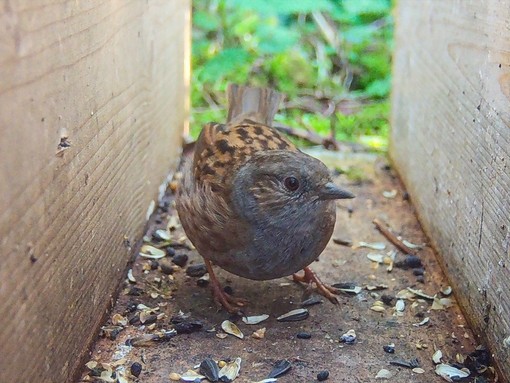
World wildlife day 2024
The day, this year held on 3 March, is an opportunity to explore how digital conservation technologies can drive wildlife conservation, and digital mapping is just one of the ways the team and their volunteers are recording data across our sites.
Old-fashioned clipboards and paper still play a part in their work, but it is supplemented by a variety of technological tools that help build a bigger picture and show the improvements that have been made over the years.
A large part of their work across our sites consists of habitat management, supported by a programme of monitoring species and habitats. Surveys of flora, fauna, fungi, habitats and invasive species such as rhododendron not only inform us what wildlife is present at our sites, but also what impact our management is having, and how it can be improved.
For the past four years, the team and their volunteers have monitored birds, butterflies, bees and bats – species groups that are recognised indicators of environmental health and habitat quality.
The records of all the species and their abundance are mapped digitally, helping us see their distribution, presence (or lack of) as well as recording locations of protected species.
To date, they have recorded 25 species of butterfly, more than 20 bee species, 75 species of birds and at least 11 species of bat, including greater horseshoe bat and barbastelle. Our new Bat Beacon in the heart of our Sidmouth sanctuary provides our visitors with more information on these fascinating flying mammals who thrive around the sanctuary grounds.
Helen Cavilla, Ecology and Conservation Officer, said: “Not only does digital mapping provide an at-a-glance overview of a given environment, but it is also a very helpful tool in helping us visualise the effects of management change based on findings from our wildlife monitoring.
“A good example is using heat maps to highlight ‘biodiversity hotspots’. This enables us to take deeper dives into our data – there is so much to be explored!”

Alongside monitoring wildlife, the team also survey the wide array of habitats across our farms, including our donkey paddocks and areas managed for visitors. Mapping the findings from soil, hedgerow, tree and grassland surveys has enabled us to identify areas for habitat restoration and enhancement, as well as monitoring the impact of ongoing management.
Digital mapping was able to show the huge increase in the number of butterflies across the sanctuary during the Covid pandemic due to reduced grass cutting of our public walkways. This had led to changes in the way the grass cutting is scheduled to encourage a much greater diversity in wildflowers and sward height, which in turn helps to attract more butterflies and other pollinators, such as bees and hoverflies.
Last year, a new process began changing the ways in which our Ecology and Conservation team work alongside our Estates and Facilities Management team. In a drive to improve the conservation and management of protected species such as bats, birds and dormice, the team and their volunteers carry out protected species surveys to ensure that any maintenance works adhere to high ethical and legal standards.
Helen explained: “Using bat detectors during building surveys, for example, can detect the presence of bat species and how they are using structures and the areas surrounding them.
“This year we will be using infrared cameras to help pinpoint and record roosts and emerging bats, gathering important information on potential impacts of building work.”
Automated static detectors, which are positioned at fixed locations, are also being used to find out bat species richness, to give an idea of abundance and the importance of habitat features. The findings, which will be plotted on our digital mapping, will help analyse how our habitats are used at the sanctuary and which species are present.
From this, we can better understand the impact of habitat restoration projects on bats and to guide and inform the design of future projects that will benefit the broadest range of species.
Just like bats, many mammals are nocturnal and challenging to survey. One way to gather evidence is to put out camera traps. These are useful in helping us find out which species are present, monitor their activity and establish the potential impacts of land and habitat management.
Using cameras also means we can survey at all times of the day, in remote locations and with minimum disturbance. The cameras, which are triggered by the movement of a passing animal or bird, have already recorded a wide range of small mammals, including voles, shrews, wood mice and badgers, and many birds. They’ve helped find species we didn’t know visited our sites such as the water rail.
While our walked surveys pick up a wealth of species, technology is enabling us find out even more about the condition of our habitats, in turn providing both wildlife and our resident donkeys with a secure future in an enriched environment.
Find out more about our wildlife and conservation work
Discover moreShare this page
Tags
- News




